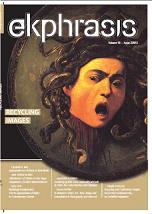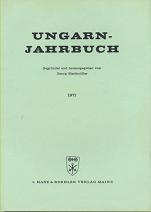Author(s): Jane Sunderland / Language(s): English
Issue: 2/2013
Theatre – whether in the form of an ‘adaptation’ or not – is theatre. Following much of the current critical literature on film adaptations (e.g. Bortolotti and Hutcheon, 2007; Leitch, 2008; Hutcheon, 2006), in this paper I am therefore rejecting as far as possible any sort of ‘fidelity discourse’, i.e. that the stage adaptation should be ‘faithful’ to its novel sourcetext in terms of plot, characters, dialogue and resolution, or even, arguably, in ‘theme’ or spirit. In some ways a stage adaptation, as a recontextualisation in a new medium, cannot be faithful to its sourcetext, in part because of the ‘epistemological commitments’ (Kress, 2003) of theatre. More interestingly and constructively, I argue that because of theatre’s multiple and enriching ‘affordances’ (Bezemer and Kress, 2008), many of which are not shared with the novel, it should not even try. I illustrate this with two non-deferential stage adaptations of Kafka’s Metamorphosis, to both of which the affordance of digitalisation is key. In one, a small TV-like screen facilitates representations of interiority (long seen as a challenge for theatre). In the other, sophisticated and extensive digital projection allows abstract and concrete images which go beyond visual enhancement of the mise en scène to foregrounding aspects of this particular retelling, and which give an appropriate nod to modernity and, in both the narrow (e.g. technological) and broad senses, to the value of change.
More...


